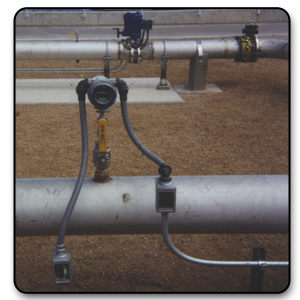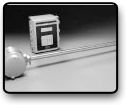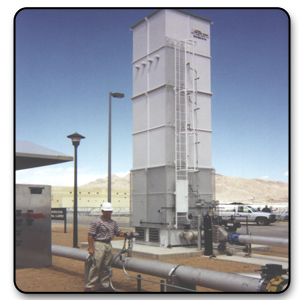

Waste Water Treatment removes impurities and contaminants from a community’s sewage. The purpose of the treatment is to return waste water back to the environment as clean as possible.
Waste Water Treatment Plants use different processes and a variety of equipment to treat the waste water. One process, “Digester Operation”, uses a large holding tank where bacteria exist in an oxygen-starved environment. These are called anaerobic bacteria. Sludge from primary sediment tanks are pumped to the digester, where the microorganisms that live in the water in these tanks consume the bacterial portion of waste products. The level of micro-organisms and sludge varies with the water load to be processed. Heavy sludge is left in digester tanks for 15 to 20 days, and the biological conversion produces carbon dioxide and methane gas. The mixing of digester is done by recirculating the gases produced by the process. Anaerobic digesters require close monitoring and the rate of Methane Gas produced indicates the performance of the digester. The Methane Gas is measured and normally used to provide fuel to an engine or is burned.
The Kurz Model 452 Single Point Insertion Mass Flow Element and Mass Flow Computer, Series 155, have been repeatedly and successfully used throughout the world for this application with little maintenance required. A typical application is outlined below:

The City of Santa Cruz (California) has been using Kurz Single Point Insertion Elements with great success for over 10 years. The City monitors very low velocities (0-1000 SFPM) from five digesters and its flare gas. Recently, they upgraded all of the original analog signal conditioners to a Model 155C-2 Mass Loop Flow Computer. Each flow element is connected via a two-wire cable to the 155C-2 Mass Flow Computer, which totalizes the flow rate readings from each mass flow element and sends out a 4-20 mA output signal proportional to the flow rate. Frank Cunningham and Max Fenton, who work with our systems, prefer Kurz because of superior low flow capability and unmatched reliability compared competitive devices.